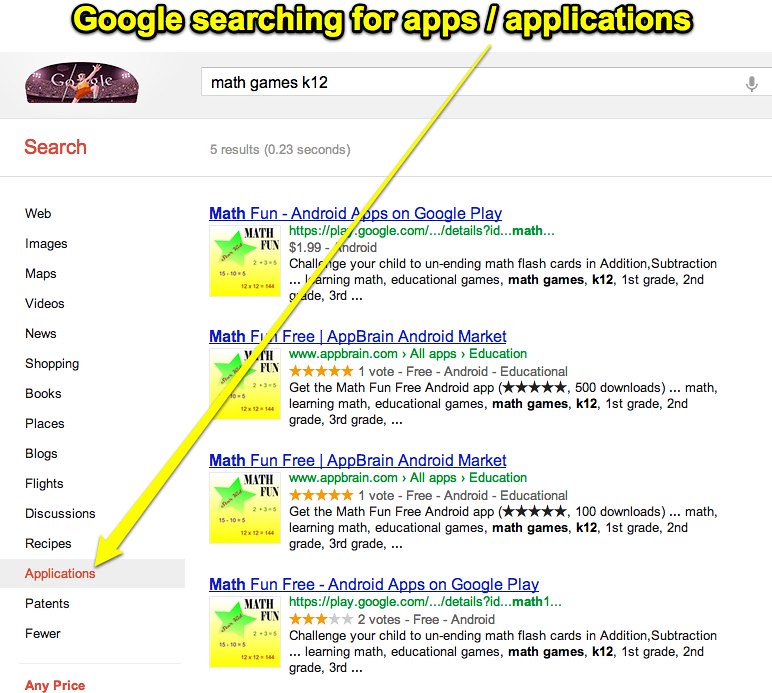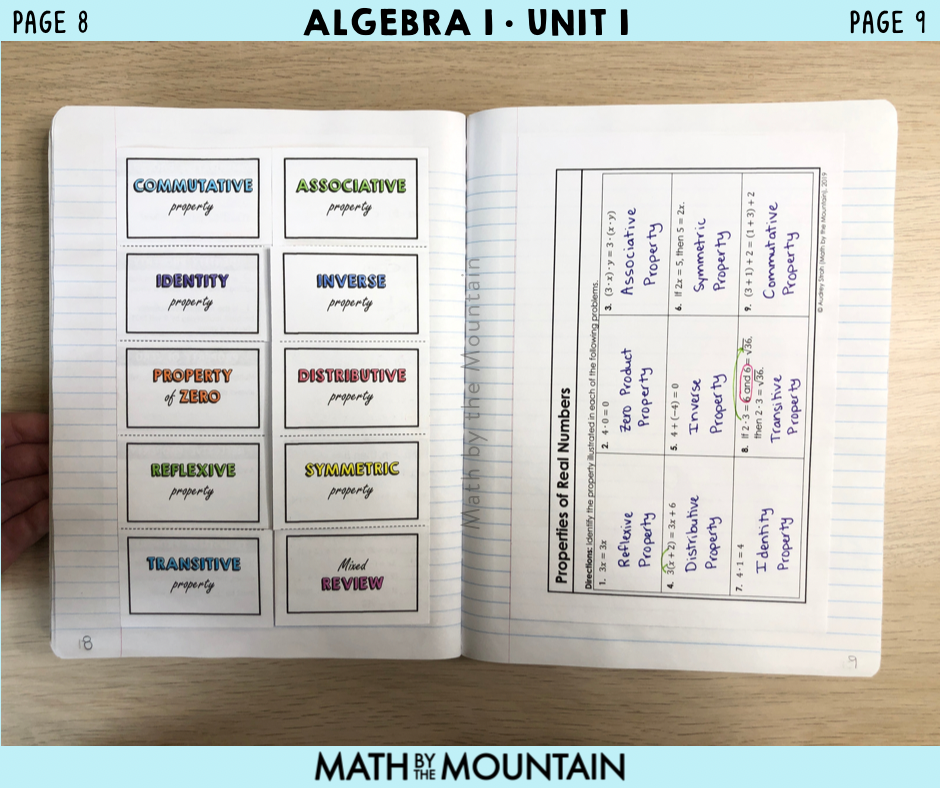
Fun and exciting games that emphasize vocabulary can include games. For example, you can line kids up at a map and have them take turns jumping to the letters on the map that spell the vocabulary word. For instance, the second child might jump to the map with letter "m" while the third would jump to the map using letter "d." Kids can also compete against eachother by setting a time limit.
Animal Planet
Animal Planet offers many educational games and activities for children, no matter if they are a beginner or an experienced animal lover. These games will reinforce the material you have learned in the classroom. One of these games, "Guess in 10 World of Animals," is one of them. This game is played by matching cards, which contain clues, hints, and interesting facts about different animals. It helps build social skills and problem-solving abilities, as well as promote creativity.
Many of them allow children and their parents to play in teams. For instance, teams can each try to guess an animal's name. The winner is the one with the most correct guesses! Another game is Look and Identify. In this game, children are given photos of different animals and asked to identify them. They earn brownie points for correctly describing details about the animals.
States of America
States of America 2nd grade learning games have numerous benefits for your students. These games teach your child the names of the US states and the capitals. They also provide important information about the United States. These games can also be very engaging and motivate even reluctant students. For example, they can make the different states come to life with animations that follow their movements. This might encourage them more to play the game. However, it is important to keep in mind that children may get frustrated with these games.

Create a game for your children that will allow them to map out the states. They will be able to use spatial awareness in this game, which requires them to balance, stack, rotate, and rotate each state. The game can be played by multiple players simultaneously, as well as modes that require them to learn the names the states.
World Cities
Games called World Cities are fun ways for children to learn more about cities and countries around the world. They can also easily be adapted for children with different abilities and ages. These games are suitable for children from six to eight years of age. Children can learn about America by placing their planes at the best routes between major cities.
These games can be used by children to teach them about the different states, countries, and continents. The games can be used to improve their map skills. You can even see what different countries look like, and how they trade with other countries.
Cloud Hoppers
Cloud Hoppers is an educational game for children that teaches addition and subtraction. It features beautiful artwork and sturdy game pieces. The rulebook also contains an interesting story. This game is best for kids between 5 and 10 years old. It is also great for teaching multiplication skills.
This game is highly interactive, making it a great tool for teaching science, math, and language. There are 2 levels to start, plus 21 other games that can be purchased in-app.

TeachMe: 2nd Grade
TeachMe 2nd grade learning games can be a fun and effective way to help your child learn math and other subject matter. The interactive games cover science, math, language learning, and more. The app comes with two free games and 21 paid in-app. The app also encourages critical thinking, which is an essential skill in school.
The app includes interactive learning games, bite-sized revision resources, and audio narratives. It even has a timeline which allows you to go back in time. Depending on which game they choose, the child can also play according to a theme so that they can learn more information about different historical events.
FAQ
How do I select my major?
Students choose their majors according to their interests. Some students prefer to major in a subject they enjoy doing because they will find this easier than studying something else. Others wish to pursue a career that is not available. Still, others choose a major because they hope to earn money during their studies. Whatever your reasons may be, you should consider what job you might enjoy after graduation.
There are many avenues to find information about various fields of study. Talk to friends or family members about their experiences. You can check newspapers and magazines to see if any jobs are listed. Ask your guidance counselors at your high school for information about possible careers. Visit the Career Services section of your local library. Get books on different topics at your local library. To search for websites that relate to specific careers, use the Internet.
What is early childhood education?
Early Childhood Education focuses on helping children grow into happy and healthy adults. It can teach them everything, from reading to getting them ready for kindergarten.
Early childhood education's goal is to help children learn through age-appropriate experiences.
Many early childhood educators are called upon to evaluate the developmental needs of every child they meet. This assessment helps determine whether a particular program would benefit each individual child.
Parents can interact with teachers and professionals who have had experience working with young kids through early childhood programs.
The role of parents is equally important in the early childhood education. They need to know how best to care for their children.
Parents can participate in activities that will teach their children life skills.
Early childhood education is sometimes referred to as preschool education, although this term is used interchangeably with daycare centers. Prekindergarten education usually starts around three years of age. Early childhood education is very similar.
How long does it usually take to become a early childhood teacher?
It takes four years to complete a bachelor's degree in early childhood education. You will spend two years taking general education courses required by most universities.
After you have completed your undergraduate education, you can usually apply to graduate school. This step allows students to focus on a particular area.
One example is to choose to specialize in child psychology or learning difficulties. After completing your master's you will need to apply to a teacher training program.
This process will take several more years. This is a time when you will learn real-world skills from experienced educators.
Finally, before you can begin teaching, you need to pass the state exams.
This process can take several years. You won't be immediately able to jump into the workforce right away.
What are the various types of early childhood education available?
There are many ways to describe early childhood education. Here are some of the most commonly used ones:
-
Preschool - Children ages 2 to 5
-
PreKindergarten- Children from 4-6 years of age
-
Head Start/Headstart - Children from 0-3 Years
-
Day Care/ Daycares: Children 0-5
-
Child Care Centers: Children from 0-18
-
Family Child Care for Children Ages 0-12
-
Homeschooling - Children from KG to 16
What's the difference between college and school?
Schools are typically divided into classes or grades with a teacher who teaches students. Colleges are larger organizations that offer more specialized programs and often include university-level courses. Colleges may focus more on business and science while schools will usually only teach basic subjects. Both levels have a curriculum that prepares students for higher education.
What is the purpose of schooling or education?
Education should provide students with skills that will help them find work. It is not only an academic pursuit, but also a social activity in which children can learn from each other and gain confidence through participating in sports, music, or art. Education is about teaching students to think critically and create in order to be independent and self-reliant. What does it mean to have good educational standards?
Educational standards that promote student success are considered good. These standards provide clear guidelines for teachers to follow with their students. Good education standards allow schools to be flexible enough for changing needs. In addition, they must be fair and equitable: every child has the same chance of success regardless of his/her background.
Statistics
- Among STEM majors, that number is 83.5 percent. (bostonreview.net)
- In most developed countries, a high proportion of the population (up to 50%) now enters higher education at some time in their lives. (en.wikipedia.org)
- And, within ten years of graduation, 44.1 percent of 1993 humanities graduates had written to public officials, compared to 30.1 percent of STEM majors. (bostonreview.net)
- These institutions can vary according to different contexts.[83] (en.wikipedia.org)
- “Children of homeowners are 116% more likely to graduate from college than children of renters of the same age, race, and income. (habitatbroward.org)
External Links
How To
How do I apply to scholarships?
You must first determine if you are eligible to receive scholarship funding. You must meet certain criteria to be eligible for scholarships.
For example, you can receive a grant if you are economically disadvantaged. If you are enrolled in vocational training courses, you may be eligible for a work-study grant. A grant is also available if your group includes a minority.
Once you've determined your eligibility for a specific type of scholarship, it is time to start applying.
You can apply online or in person. The type of scholarship you are applying for will affect the process.
Some scholarships require you to submit essays about yourself and why you want the money. Others may ask questions such as, "Why did your choose this major?"
You must fill out an application for scholarships and attach supporting materials.
Your scholarship provider will evaluate the information you supply. If you are selected for a scholarship, you will be notified electronically or by mail.
Even if your application is not accepted, you may still be eligible to receive a scholarship. Contact your scholarship provider for details.